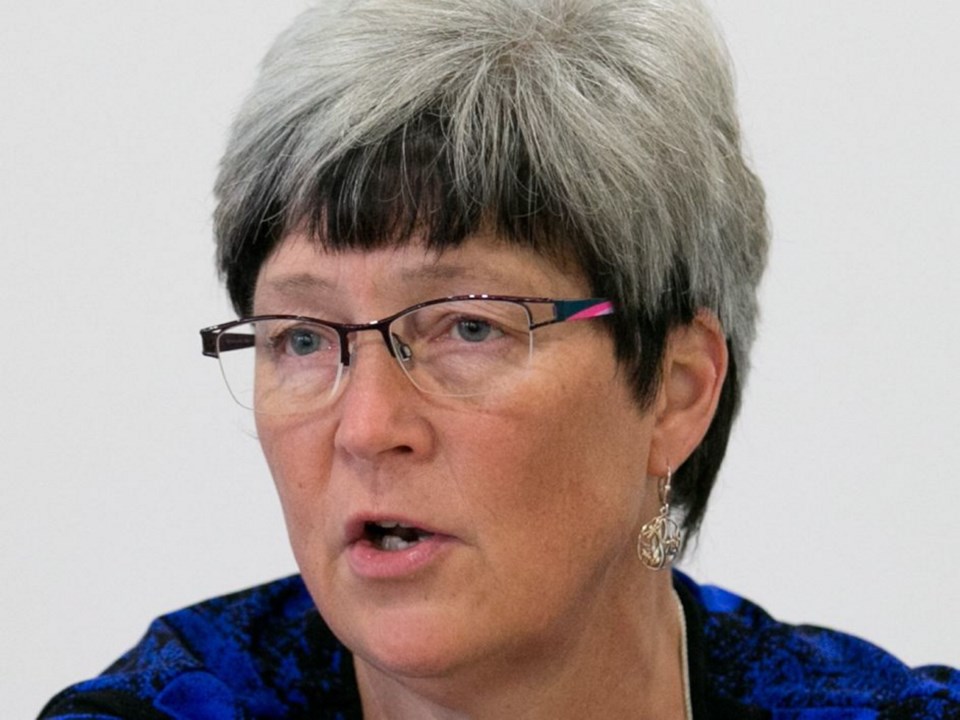Frustrated that they are being roped into paying for services they don’t necessarily want, some local elected officials are calling for a new way of doing business at the Capital Regional District.
Colwood has notified all municipalities in the region it is considering conducting reviews of all services it receives from the CRD. The review “is intended to identify and generate discussion about any existing CRD service budgets that are, or appear to be, inactive and unnecessary,” Colwood Mayor Carol Hamilton said in a letter to all local municipalities.
Langford is following suit.
The CRD’s decision to move the regional housing function under the umbrella of the Capital Regional Hospital Board and its efforts to create a regional transportation authority sparked Colwood’s call for a review, Hamilton said.
“Moving around the housing turned it from a voluntary active service [giving municipalities the option of contributing funds] into a mandatory contribution,” Hamilton said. “So now, there’s a [tax] lift to those municipalities who were not part of that service previous.”
The CRD is now also considering using existing surplus funds from other areas to fund a new regional transportation authority, she said.
“We paid for those things in other services. You’re re-working them into a new plan. Again, it’s going to be a mandatory contribution without anybody’s input. So if this is the way we’re evolving services, it brings into question what other services do we have that maybe we don’t need.”
A service review is supported by Langford Mayor Stew Young, who says with the looming $765-million core area sewage treatment expense, the CRD doesn’t have extra money to spare.
“Our council has said this is just too much. We have to absorb through our tax base the cost of the billion-dollar sewage [treatment], but they’re spending money as if the billion dollars isn’t going to affect anybody,” Young said.
“We need to be really careful.”
Young said Langford will conduct a review of the services it participates in at the CRD.
Percolating feelings of western alienation recently saw CRD board chairwoman Barb Desjardins call a meeting of West Shore CRD elected officials, where the possibility of creating a sub-regional CRD board to deal with West Shore issues was suggested.
“Maybe we can have meetings out in the West Shore that are more close to our people rather than downtown on Fisgard Street,” Young said.
“All of us are there. We’re saying: ‘We aren’t Saanich. We aren’t Victoria. So is there a better model of delivery where we can just look at our localized area?” he said.
“There is a level of frustration, I think, in the Western Communities,” said Metchosin Mayor John Ranns, chairman of the CRD governance committee that this week will be discussing the call for the service review.
Young said the West Shore communities have grown up in the last three decades.
“We’re all mature out in the West Shore now. We’re not just a bunch of Hicksvilles. We’ve got good systems in place and, maybe, it’s time to relook at what the CRD provides and is there a better way to represent the people,” he said.
Unfortunately, Ranns said, getting comparators for CRD services is difficult because of the complexity of the CRD organization. For example, certain departments such as HR or IT are centralized and their services charged out to operational units, he said.
“If we could find a way of being able to accurately assess what the costs of a lot of these services are, I think we would find that the services are cheaper than they could do it,” Ranns said.
Desjardins said some changes might be necessary to address concerns being expressed.
“The West Shore is a very different place now than it was in the beginning when the CRD started. Certainly, it has grown considerably,” she said.
“It works together well. It’s 80,000 people being represented, which is almost the same size as Victoria, and so we need to look at what are those shifts — those changes — and how do we address their needs because they’re the growing part of the region.”



